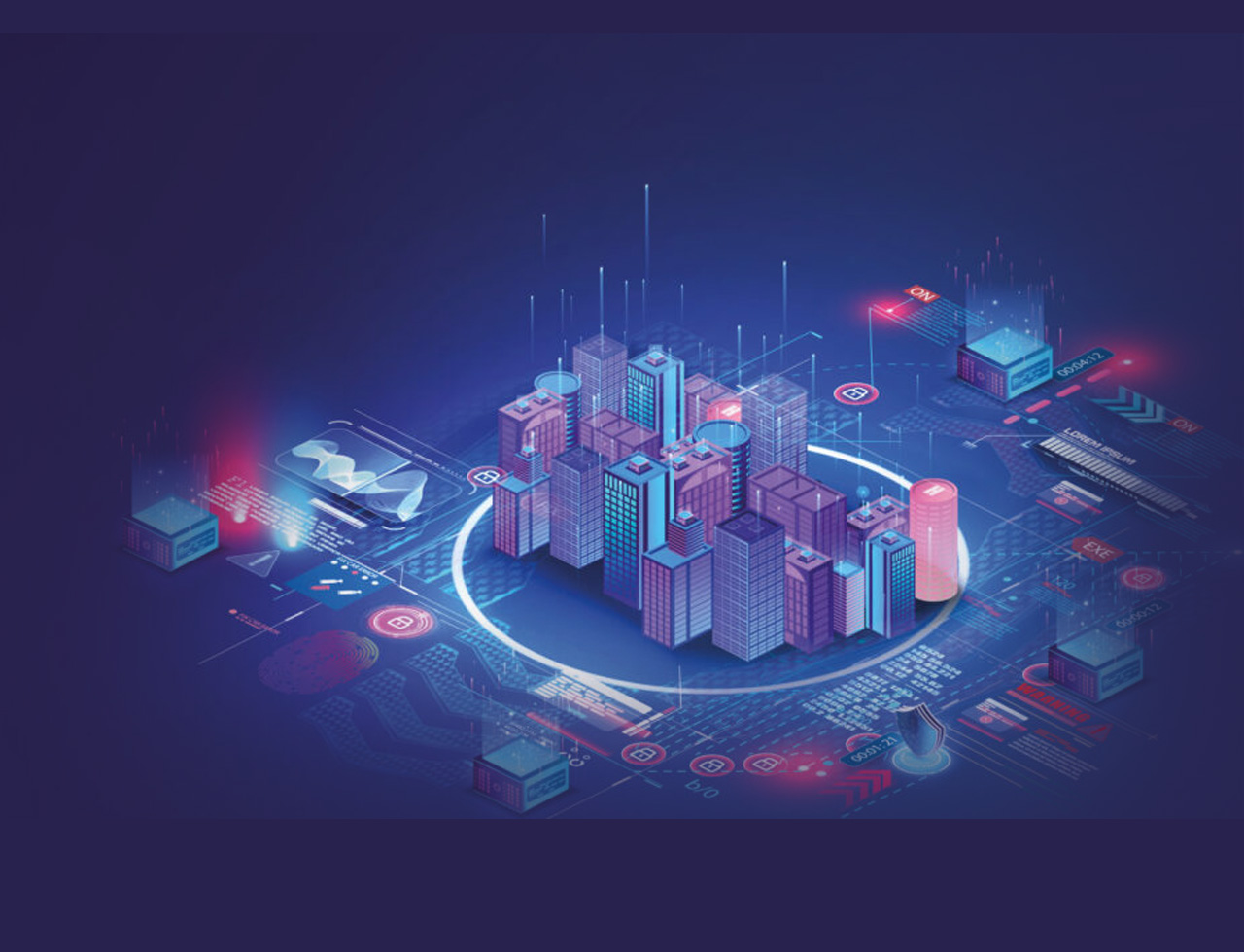Smart cities unlock transformative opportunities for Hong Kong citizens—but at their core lies one critical enabler: data. From sensors gathering real-time insights to AI-driven urban management, data fuels every leap toward efficiency and sustainability. As smart city initiatives accelerate, the role of robust infrastructure like GOIP eSix becomes indispensable.
The Data Revolution in Action
Early adopters like Cambridgeshire showcase data’s potential:
Mobility Intelligence: Tracking transport, pedestrian, and cycle flows to optimize transit.
Energy & Grid Analytics: Monitoring power usage for resilient utilities.
Real-Time Solutions: Live bus tracking, smart parking (via apps like AppyParking), and congestion sensors.
Daniel Clarke of Connecting Cambridgeshire emphasizes:
“We built tools like Motion Map to turn transport data into sustainable choices. It’s about giving people better information to improve daily life.”
Mobility Intelligence: Tracking transport, pedestrian, and cycle flows to optimize transit.
Energy & Grid Analytics: Monitoring power usage for resilient utilities.
Real-Time Solutions: Live bus tracking, smart parking (via apps like AppyParking), and congestion sensors.
Daniel Clarke of Connecting Cambridgeshire emphasizes:
“We built tools like Motion Map to turn transport data into sustainable choices. It’s about giving people better information to improve daily life.”
Open Data: The HONG KONG’s Competitive Edge
• Cities like London, Birmingham, and Manchester lead with open-data policies, enabling:
• Citizen engagement through platforms like Cambridgeshire Insights.
• Global collaboration via shared datasets.
• Dashboards (e.g., Power BI) to visualize urban trends.
• Citizen engagement through platforms like Cambridgeshire Insights.
• Global collaboration via shared datasets.
• Dashboards (e.g., Power BI) to visualize urban trends.
Challenges: Fragmentation & Infrastructure Gaps
Smart cities face hurdles:
1. Data Overload: Universities (e.g., Cambridge) partner to structure insights.
2. System Silos: Disparate sensors create platform chaos—requiring centralization.
3. Connectivity Demands: Real-time IoT and 5G need ultra-low latency.
1. Data Overload: Universities (e.g., Cambridge) partner to structure insights.
2. System Silos: Disparate sensors create platform chaos—requiring centralization.
3. Connectivity Demands: Real-time IoT and 5G need ultra-low latency.
GOIP eSix: The Infrastructure Backbone
Data’s potential stalls without carrier-grade networks. GOIP eSix delivers:
• Fiber Foundations: High-speed, reliable fiber for 5G and IoT scalability.
• Collaborative Frameworks: Streamlining permits, wayleaves, and ducting for rapid deployment.
• Future-Proof Solutions: Centralized data platforms to unify sensors and analytics.
Clarke notes: “Fiber is the bedrock of smart cities. Collaboration with providers is non-negotiable.”
• Fiber Foundations: High-speed, reliable fiber for 5G and IoT scalability.
• Collaborative Frameworks: Streamlining permits, wayleaves, and ducting for rapid deployment.
• Future-Proof Solutions: Centralized data platforms to unify sensors and analytics.
Clarke notes: “Fiber is the bedrock of smart cities. Collaboration with providers is non-negotiable.”
The Path Forward
Data will only grow in volume and value. For smart cities to thrive, they need:
✅ Unified Data Systems
✅ Open-Access Policies
✅ GOIP eSix-Grade Infrastructure enabling high-speed, high-volume data flow.
Invest in tomorrow’s cities today—powered by data and built on GOIP eSix resilience.
✅ Unified Data Systems
✅ Open-Access Policies
✅ GOIP eSix-Grade Infrastructure enabling high-speed, high-volume data flow.
Invest in tomorrow’s cities today—powered by data and built on GOIP eSix resilience.






